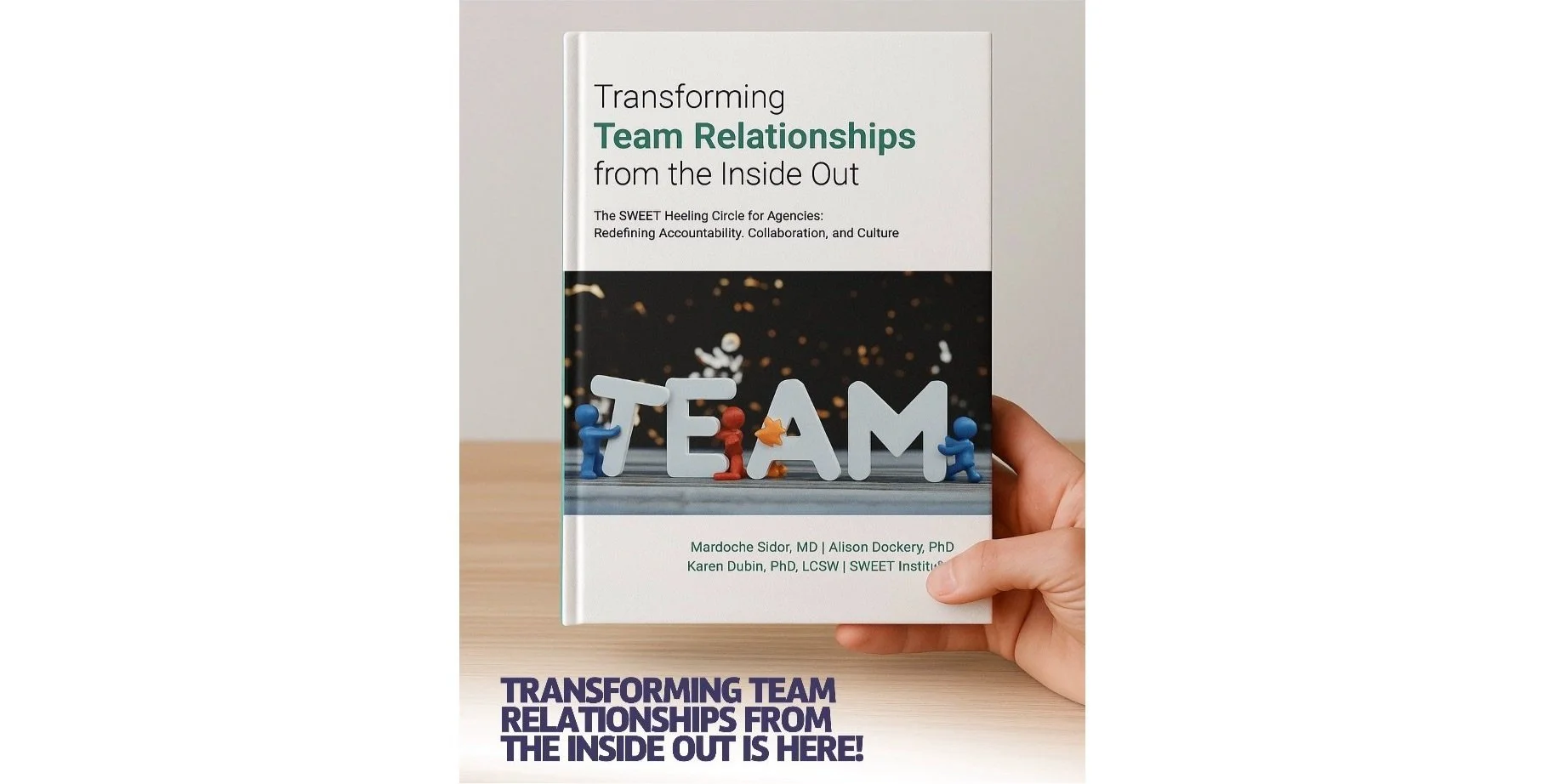The Missing Link in Workplace Relationships: Uncovering the Hidden Catalyst for Collaboration
Introduction
In every organization, relationships form the backbone of productivity and innovation. Yet, even the most talented teams can struggle when something essential is missing—a hidden element that connects individuals and drives them to work together seamlessly. This “missing link” in workplace relationships isn’t a tangible asset or a prescribed strategy. Instead, it’s a blend of trust, accountability, empathy, and open communication that, when integrated, transforms the dynamics of any team.
In this article, we’ll explore what this missing link is, how its absence impacts your organization, and actionable strategies to identify and integrate it into your workplace culture.
Recognizing the Missing Link
What Is the Missing Link?
The missing link in workplace relationships refers to those subtle, often overlooked elements that enable a team to function at its highest potential. It’s not just about having skilled employees—it’s about nurturing the interpersonal connections that allow those skills to shine. Key components include:
Trust: The confidence that team members will act in each other’s best interests.
Accountability: A shared commitment to take responsibility for actions and outcomes.
Empathy: The ability to understand and share the feelings of others.
Open Communication: An environment where ideas, concerns, and feedback are exchanged freely and constructively.
Signs That the Missing Link Is Absent
Persistent Miscommunication: When misinterpretations and misunderstandings become the norm.
Low Engagement: A noticeable lack of enthusiasm or commitment from team members.
Increased Conflict: Frequent disputes that escalate without resolution.
Stagnant Innovation: A reluctance to propose new ideas or challenge the status quo.
The Impact of Its Absence
Organizational Consequences
When the missing link is absent, the cost isn’t merely interpersonal—it affects the entire organization:
Reduced Productivity: Energy that should drive creativity is diverted to managing conflict or covering up miscommunications.
Lower Employee Morale: A culture of fear, blame, or indifference can sap motivation and lead to disengagement.
High Turnover: Employees are more likely to leave a workplace that lacks a supportive relational foundation, increasing recruitment and training costs.
Stifled Innovation: Without a safe space to share ideas, teams miss out on opportunities to innovate and improve.
Real-World Reflections
Consider the case of a mid-sized nonprofit agency where the absence of clear communication and mutual accountability led to overlapping responsibilities and unresolved conflicts. Not only did this erode team morale, but it also resulted in delayed projects and missed market opportunities—a costly lesson in the value of fostering robust workplace relationships.
Strategies to Identify and Integrate the Missing Link
Step 1: Assess Your Current Culture
Conduct Surveys and Feedback Sessions: Engage your employees with anonymous surveys and facilitated group discussions to identify areas where they feel unsupported or misunderstood.
Analyze Communication Patterns: Look for recurring issues such as miscommunications or recurring conflicts that may indicate deeper relational gaps.
Step 2: Cultivate a Foundation of Trust and Accountability
Model Vulnerability and Empathy: Leaders should openly acknowledge mistakes and invite feedback, setting the tone for honest interactions.
Establish Clear Expectations: Define roles, responsibilities, and processes that encourage accountability and minimize ambiguity.
Step 3: Enhance Communication Practices
Implement Regular Check-Ins: Schedule routine meetings that allow for open discussion about team dynamics and interpersonal challenges.
Facilitate Conflict Resolution Workshops: Equip your staff with tools to manage disagreements constructively, transforming conflicts into growth opportunities.
Step 4: Foster a Supportive Environment
Create Safe Spaces: Whether through structured sessions like healing circles or informal gatherings, encourage employees to share ideas and concerns without fear of judgment.
Reward Collaborative Behavior: Recognize and celebrate instances where teamwork and mutual support lead to successful outcomes.
Real-World Examples: The Power of the Missing Link
Case Study: Transforming a Social Services Team
A leading sales organization was experiencing high turnover and low morale despite competitive compensation packages. By conducting a series of facilitated sessions focused on trust-building and open communication, the leadership team uncovered that the missing link was a lack of accountability and empathy among team members. Implementing structured feedback loops and team-building exercises not only improved relationships but also led to a 30% increase in client engagement within six months.
Case Study: Revitalizing a Clinical TeamIn a busy agency, staff reported feeling overwhelmed and isolated, contributing to high stress and burnout rates. Through targeted interventions aimed at fostering psychological safety and empathetic communication, the agency was able to create a more supportive environment. This not only improved patient outcomes but also significantly reduced staff turnover.
Conclusion: Embracing the Missing Link for Lasting Transformation
The missing link in workplace relationships is a critical ingredient for organizational success. When teams are built on trust, accountability, empathy, and open communication, they are better equipped to innovate, collaborate, and thrive even in challenging times. Identifying and integrating this hidden catalyst can transform workplace dynamics, driving productivity, engagement, and long-term growth.
Call to Action:
Are you ready to uncover and integrate the missing link in your workplace relationships?
Introducing Transforming Team Relationships From the Inside Out: The SWEET Healing Circle for Agencies, a radical new guide to reshaping workplace culture from the inside out.
👉 Grab yours now: https://www.amazon.com/dp/1968105026
Use this book to assess your team’s current dynamics and invest in the practices that foster true collaboration. The SWEET Healing Circle for Teams is here to help you build a culture where every employee can thrive. Get your copy today and reach out today to learn how you can turn the missing link into your organization’s greatest asset. Contact us at contact@sweetinstitute.com

